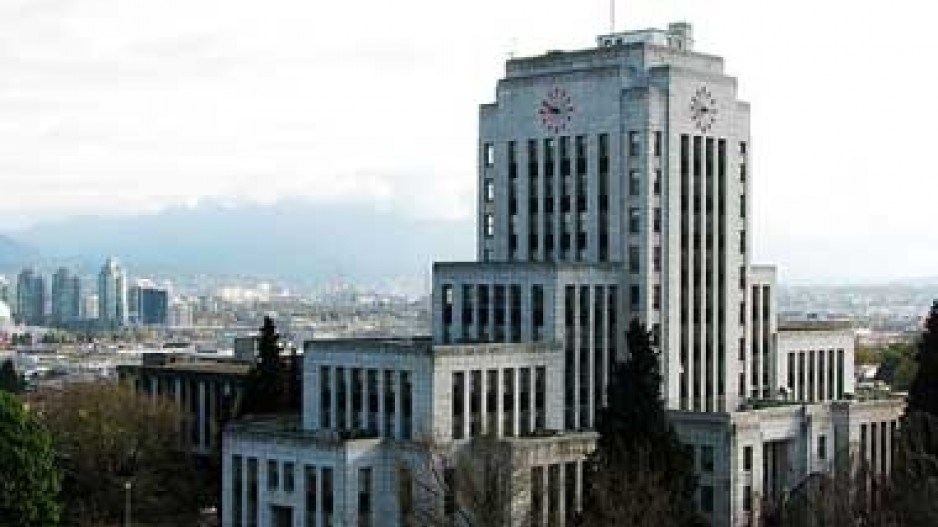A big theme in the upcoming civic election in Vancouver is going to be community consultation. Everybody is promising to listen more. The NPA wants you to believe that we can all have “the Vancouver I want,” while Vision Vancouver has to explain why work crews were revving up their trucks to start the Hornby bike lane within hours of a so-called “public hearing.”
Every politician has to draw the line between endless listening and leading. In Vancouver, this election will be about where to draw that line – and how to make every voter think it’s being drawn where he or she wants it. One big problem with listening is that a lot of what you hear is a crock. Or, to be more charitable, it’s fear of change, fanned by the worst imaginings of uninformed uncertainty, often spiced with political or personal agendas. Not all consultation is equal.
Remember the angry debate over approving the Canada Line? Burnaby Mayor Derek Corrigan voted against it, telling the Vancouver Sun that 100,000 riders a day is “unrealistic.”
Ditto then-Vancouver city councillor David Cadman: “There is dubious assurance that the ridership will arrive,” he told the Georgia Straight.
A year after it opened, three years ahead of predictions, it hit 100,000 riders, and now it’s up to 122,000.
Remember developer Rob Macdonald’s white-hot op-ed predicting Armageddon due to the separated Dunsmuir bike lane? He said there would be “a substantial drop in sales revenue, in some cases upwards of 30%, in most of the businesses directly impacted; job losses; business closures; shopkeepers’ life savings wiped out; falling property values.”
I’m not aware of any of this happening. There was an adjustment period for some businesses, and traffic does back up on the Dunsmuir viaduct, but data from other cities shows increases in business along bike lanes. Stores next to protected bike lanes in Portland have seen a 49% increase in sales.
In New York, stores petition the city to put bike lanes on their street. The Downtown Vancouver Business Improvement Association promotes bike lanes and bike events because they bring new customers downtown. White Spot is planning its newest, biggest restaurant right on the Dunsmuir bike lane.
Similar fears were raised over the recent Point Grey Road closure to through traffic. Nightmare traffic jams, lack of bike use, pollution, noise and harm to businesses were all promised during consultation meetings. For sure, the optics of some rich people’s waterfront property values going up is disconcerting (except Trevor Linden’s, of course), but the reality is that they now pay higher property taxes and so others pay less. None of the “nightmares” has materialized, while weekday pedestrian and cycle traffic on Point Grey Road has doubled and tripled, respectively. On weekends, walking traffic has tripled and cycling is five times what it used to be.
The starkest reminder that some public comment comes with a “best-before” date is the vitriolic opposition to a condo development approved at 16th and Granville in 2008. Almost every person appearing before council opposed it as the beginning of the end of Shaughnessy as we know it. A few years later, the leader of the opposition buttonholed me in a grocery store lineup and admitted that he had bought a unit in the complex.
That said, genuine consultation and sincere listening are key to building great neighbourhoods. The current city council’s betrayal of a costly, committed Grandview-Woodlands plan, with the last-minute WTF injection of a dozen-plus highrises at Broadway and Commercial by the director of planning, was an abomination of consultation. The same could be said of our inability to hear and deal with the tragic consequences of cut-and-cover on businesses along the Cambie corridor when I was on council.
On November 15 Vancouver voters get to pick the council that will reverse the projects they don’t want and choose new ones they do want. Just make sure the promises aren’t based on false fears and yesterday’s data.
Peter Ladner ([email protected]) is a co-founder of Business in Vancouver.




